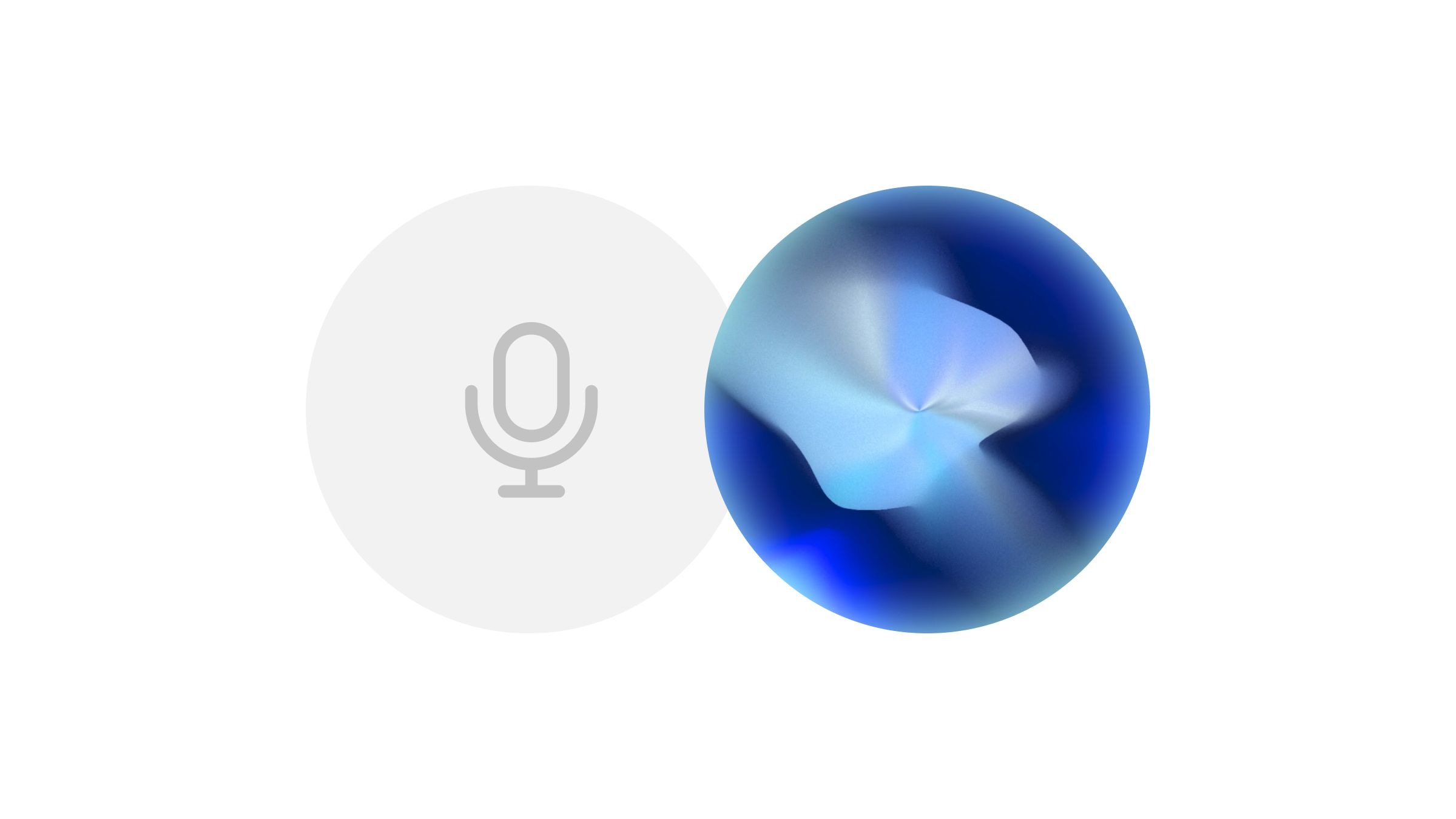
I używaj go do filmów, reklam, podcastów i nie tylko
Pożegnaj się z erą nudnych, mechanicznych głosów

W nowoczesnych czasach, gdy rozwiązania oparte na AI usprawniają nasze codzienne doświadczenia, rewolucyjne podejście zmienia oblicze interakcji z klientami: voice cloning.
W miarę jak interakcje biznesowe przenoszą się do sieci, ElevenLabs przewodzi w podnoszeniu jakości doświadczeń z chatbotami, integrując techniki voice cloning.
Witaj w erze, w której twoje chatboty nie tylko cię rozumieją, ale także mówią do ciebie głosami, które brzmią znajomo.
Voice cloning: Technika wykorzystująca deep learning i AI do generowania syntetycznego głosu, który brzmi podobnie do konkretnego ludzkiego głosu. Uchwyca unikalne cechy wokalne, ton i intonację osoby, tworząc niemal doskonałą cyfrową replikę.
Chatboty od swojego powstania zrewolucjonizowały cyfrowy świat, oferując firmom nowy sposób interakcji z użytkownikami i zarządzania dużą ilością zapytań bez interwencji człowieka. Oto krótka podróż przez ich ewolucję:
Obraz: NJIT.edu
Historia chatbotów zaczyna się od ELIZA, prostego programu opracowanego w połowie lat 60. na MIT. Zaprojektowana, by naśladować psychoterapeutę, mogła prowadzić proste rozmowy tekstowe, oznaczając początek zautomatyzowanych interfejsów czatu.
Możesz interaktywnie korzystać z ELIZA online na stronie New Jersey Institute of Technology i zobaczyć, jak daleko zaszliśmy od czasu powstania chatbotów.
Obraz: mfellmann.net
Wraz z rosnącym użyciem internetu, firmy dostrzegły potencjał chatbotów w obsłudze klienta. Zaczęły wdrażać chatboty oparte na regułach, które mogły obsługiwać konkretne zapytania na podstawie wcześniej ustalonych skryptów.
Jednym z godnych uwagi przykładów z tego okresu jest ALICE (Artificial Linguistic Internet Computer Entity). W przeciwieństwie do wielu swoich poprzedników, ALICE była zbudowana na Artificial Intelligence Markup Language (AIML) — unikalnym frameworku, który pozwalał generować odpowiedzi w czasie rzeczywistym na podstawie heurystycznego dopasowywania wzorców.
To sprawiało, że rozmowy z ALICE wydawały się bardziej dynamiczne i mniej skryptowane niż wcześniejsze modele chatbotów. Zaawansowany design ALICE wyznaczył kierunek dla kolejnej generacji chatbotów i stał się punktem odniesienia w ich ewolucji.
Dla ciekawych, jak działa ALICE, możesz interaktywnie z nią porozmawiać tutaj.
Obraz: Kuki.ai
Dzięki postępom w AI i uczeniu maszynowym, chatboty przeszły transformacyjny rozwój. Ewoluowały poza zaprogramowane odpowiedzi, teraz potrafią zrozumieć kontekst, rozpoznać emocje użytkownika i uczyć się z wcześniejszych interakcji. Ta ewolucja sprawiła, że doświadczenie użytkownika stało się bardziej dynamiczne i intuicyjne.
Przykładem tego postępu jest Mitsuku, później znana jako Kuki. Wielokrotnie nagradzana za swoje umiejętności konwersacyjne, Mitsuku to chatbot znany z umiejętności angażowania użytkowników w niezwykle szczegółowe i różnorodne dialogi na wiele tematów.
Zasilana przez AIML (Artificial Intelligence Markup Language), konstrukcja Mitsuku pozwalała generować odpowiedzi w czasie rzeczywistym, umożliwiając naturalne i płynne rozmowy.
Dla tych, którzy chcą zobaczyć Mitsuku/Kuki, możesz odwiedzić ich stronę i zacząć czatować za darmo.

Pomimo szybkiego rozwoju technologii AI, wcześniejsze chatboty często brakowały osobistego charakteru. Doświadczenie było tekstowe, pozbawione ciepła i indywidualności.
Teraz wkraczają techniki voice cloning. Ta nowatorska innowacja zdobywa technologię chatbotów. Dzięki integracji voice cloning, chatboty przekształcają się z prostych interfejsów tekstowych w angażujące osobowości głosowe.
W erze spersonalizowanych doświadczeń, voice cloning to niezbędny element, który ożywia chatboty, pozwalając im głęboko rezonować z użytkownikami i naprawdę rewolucjonizować interakcje z klientami.
Dla zainteresowanych dostępem do PVC, w ElevenLabs proces jest uproszczony dla precyzji.
Ostatni krok jest ważny, aby zrobić to dobrze. Professional Voice Cloning różni się od naszej funkcji Instant Voice Cloning, ponieważ skupia się na trenowaniu unikalnego modelu na rozległym zbiorze danych próbek głosu.
Aby osiągnąć najlepsze wyniki, należy pamiętać o kilku kluczowych rzeczach:
Posłuchaj doskonałego przykładu Professional Voice Cloning w akcji:
W swojej istocie, voice cloning to skomplikowane połączenie sztuki i nauki, gdzie modele deep learning zagłębiają się w niuanse ludzkiego głosu, aby odtworzyć go z niezwykłą dokładnością. Oto podział procesu tworzenia głosu AI:
Ta technologia wykracza poza zwykłe naśladownictwo. Voice cloning to emulacja istoty ludzkiej interakcji, zapewniając, że cyfrowe awatary, chatboty czy wirtualni asystenci komunikują się z tym samym ciepłem i autentycznością co ludzie.
W erze, gdzie osobisty akcent w technologii staje się znakiem rozpoznawczym doświadczenia użytkownika, chatboti spersonalizowane głosowo wyróżniają się jako latarnia innowacji. Oto jak te dostosowane cyfrowe asystenty zmieniają sposób, w jaki się komunikujemy online.
Kiedy myślisz o ikonicznych markach, mogą przyjść na myśl konkretne głosy lub dżingle. Teraz wyobraź sobie, że rozmawiasz z chatbotem marki i słyszysz ten ikoniczny głos.
To jest moc voice cloning — to nie tylko naśladowanie; to tchnienie życia w tożsamość marki. Jeśli jesteś ciekawy, jak to się dzieje, zanurz się w naszej eksploracji voice cloning.

I używaj go do filmów, reklam, podcastów i nie tylko
Kto powiedział, że interakcje z chatbotami muszą być takie robotyczne? Dzięki postępom takim jak Text-to-Speech (TTS) w połączeniu z AI chatbotami, cyfrowe rozmowy nigdy nie były bardziej ludzkie. Te postępy zwiększają zaangażowanie użytkowników, czyniąc interakcje bardziej autentycznymi i relatywnymi. Dowiedz się więcej o tym angażującym połączeniu od ElevenLabs.
Język to piękne odzwierciedlenie kultury i tożsamości. Dzięki chatbotom oferującym teraz wiele opcji językowych, marki mogą głębiej łączyć się z globalną publicznością, pokonując bariery komunikacyjne i sprawiając, że każdy użytkownik czuje się doceniony.
Inkluzywność w technologii jest kluczowa. Chatboty z TTS promują to, pomagając osobom z problemami wzrokowymi lub czytelniczymi, zapewniając, że technologia pozostaje narzędziem dostępnym dla każdego, niezależnie od potrzeb.
Stoimy na skrzyżowaniu technologicznej rewolucji. Dzięki połączeniu AI i TTS, granica między odpowiedzią maszyny a interakcją ludzką się zaciera.
Potencjał jest ogromny — od uczynienia technologii uniwersalnie dostępną po rewolucjonizację obsługi klienta. Era voice AI dopiero się zaczyna, a jej potencjał jest oszałamiający.
Chatboty spersonalizowane głosowo to więcej niż przelotny trend technologiczny. Ustanawiają złoty standard dla interakcji online.
W erze, w której rozwiązania oparte na AI stale redefiniują nasze interakcje, voice cloning wyłania się jako siła transformacyjna. W miarę jak coraz więcej firm przenosi się do sieci, ElevenLabs pionieruje tę ewolucję, łącząc doświadczenie z chatbotami z zaawansowanymi technikami voice cloning.
Nie jesteśmy już ograniczeni do monotonnego brzęczenia robotycznych głosów. Zamiast tego, wyobraź sobie chatboty mówiące znajomym rytmem znanych postaci lub nawet replikujące twój własny głos.
Postępy te obiecują przyszłość, w której chatboty nie tylko rozumieją nasze zapytania, ale także odpowiadają głosami, które z nami rezonują.
Aby kontynuować tę podróż odkrywania i zanurzyć się w najnowszych innowacjach voice AI, odkryj więcej na blogu ElevenLabs.

AI-generated videos created with avatars & dubbed voice have grown 7x

The Dutch DJ, producer, and founder uses ElevenLabs to create voice content anywhere - backstage, in transit, or between shows
Napędzane przez ElevenLabs Conversational AI